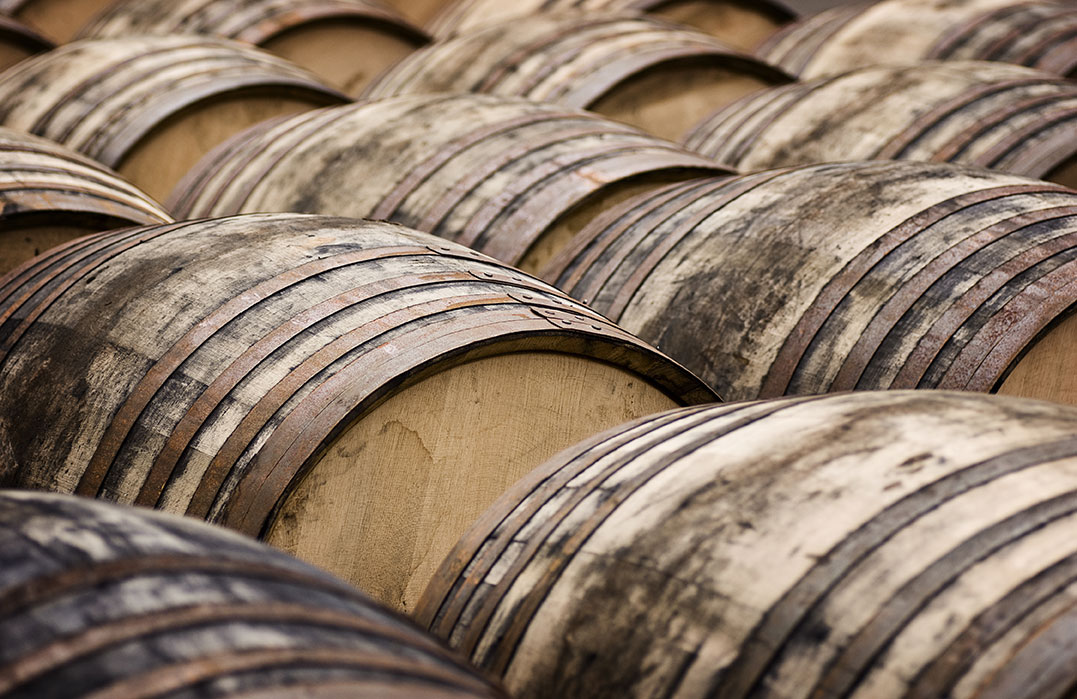
Barrel Maintenance
- Oak Barrels & Water Butts
- Watertight Tubs / Half-barrels
- Oak Tubs / Barrel Planters
- Oak Barrel Water Features
- Water Gardens For Fish
- Wine Barrels / Wine Vats
- Cider/beer / Whiskey Barrels
- Multi-buy Deals - Barrels & Tubs
- Barrel Ends and Sections
- Barrel Furniture
- Oak Barrel Waste & Recycling Bins
- Storage Barrels
- Wooden Buckets
- Displays Barrels
- Wine Cabinets And Wine Racks
- ICE BATH BARRELS/PLUNGE POOL
- Hot Tub Oak Barrels
- Barrel Horse Jumps
- Taps
- Cast Iron Pumps
- Large Oak Barrels
- Small Oak Barrels
- Tasmanian Oak Barrels
- Small Oak Tubs Half-barrel Planters
- Half Moon Oak Tubs Barrel Planters
- Large Oak Tubs Half-barrel Planters
- Whole Oak Barrel Planters
- Wooden Bucket Planters
- Shallow Barrel Ends
- Sign Written Barrel Ends
- Flat Barrel Ends and Staves
- Cradle Sections
- Useful Links
- Hints & Tips
- Returns Policy
- Delivery
- Barrel Maintenance
- Barrels For Pets
- Fruit Presses and Fruit Crushers
- Kombucha / Vinegar Barrels
- Shop All
- Oak Barrel Water Butts
- Oak Barrels
- Watertight Tubs / Half Barrels
- Oak Tubs / Barrell Planters
- Home Brewing Barrels
- Kombucha / Vinegar Barrels
- Water Feature Barrels
- Water Gardens For Fish
- Barrel Ends And Sections
- Barrel Furniture
- Waste & Recycling Barrels
- Storage Barrels
- Wooden Buckets
- Displays Barrels
- Hot Tub Oak Barrels
- Barrels For Pets
- Taps
- Cast Iron Pumps
- Barrel Maintenance
- Fruit Presses & Crushes
Barrel Maintenance
Oak Tub Planter Storage
It is recommended that planters should be planted as soon as possible. By doing this the soil in the planter will prevent the planter from becoming too dry, which can result in shrinkage. For further information on shrinkage refer to the Explanation of Shrinkage at the bottom of this page.
If the tub is not to be planted for some time then it should be stored in a cool damp place, ideally out of doors. If shrinkage does occur during storage and the tub begins to slacken then the insides of the tub should be sprayed with water. Once the water is absorbed the tub will begin to tighten again.
Oak Tub Planter Planting
It is recommended that the base of the tub should be drilled to provide several holes for drainage. Placing a layer of small stones or broken brick in the bottom of the tub will assist with drainage. The tub may then be filled with a medium of your choice. A mixture of soil and compost generally works well.
Oak Tub Planter Maintenance
Natural Finish
These tubs do not require any special maintenance. Since they are made from oak they are very durable even without any protective coating.
Dark Finish
As with the natural tubs it is not absolutely necessary to do any maintenance. However if left, the dark finish will eventually fade and the tub will revert to a natural finish. It may then be desirable to apply a coat of paint to the hoops and re-coat the tub with a suitable external dark wood stain.
Water Butts & Barrel Water Features Storage
Barrels that are to be used for holding water must never be allowed to dry out. It is advisable that they should always contain at least some water and that if they are emptied then they should be re-filled as soon as possible. By always keeping some water inside it will prevent the barrel or tub from becoming too dry which can result in shrinkage. For further information on shrinkage refer to the Explanation of Shrinkage at the bottom of this page.
Water Features Planting
Please refer to the 'Creating Water Gardens' section of our links page.
Oak Barrel Water Features, Water Gardens and Watertight Tubs Maintenance
Ex Distillery oak casks are recycled to make water features and water gardens, Being a natural organic product, they do vary and require some maintenance when freshly filled with water. They may require the water to be changed several times during their first season. We also recommend the use of a pond liner if fish are to be kept in the water garden, in order to maintain water quality.
Cast Iron Hand Pumps Maintenance
The pump contains a leather seal that only works properly when it is moist. If you are unable to crank the handle or you are unable to draw any water. This will need priming, to do this pour some water down the hole in the top of the pump through which the plunger rod passes. This will swell the seal and it should then be possible to use the pump.
Water Butts & Barrel Water Features Maintenance
Water butts and water gardens should not be allowed to dry out as explained in the Water Butts and Barrel Water Features Storage section. For products with a hand cranked cast iron pump you may find that if the pump is not used for some time then it may no longer draw water. This is because the pump contains a leather sealing ring that only works properly when it is moist. In these circumstances it is necessary to prime the pump by pouring a little water down the hole in the top of the pump through which the plunger bar passes. This will wet the seal and it should then be possible to use the pump again.
For winter we recommend leaving water butts with water in them. Similarly water features should be left filled with water during winter since emptying them can result in shrinkage of the oak staves. Our experience is that freezing does not harm the feature, in fact we have had many features freeze in the winter and none of them have taken any harm. However we do not recommend operating the feature in very cold weather since the electric pump may be damaged (if your feature is fitted with an electric pump) if operated when the pipelines are frozen. If your feature has an electric pond pump then this pump should not be allowed to freeze. If it is a shallow pebble pond type feature that you have then it may be prudent to remove the pond pump. If you have a deeper feature then your pump will be submerged in deep water, which may freeze to several inches in depth on the surface but it should not freeze down as far as the pond pump. In this case it is not necessary to remove the pump.
Barrels and tubs are made from oak, which absorbs water like any other wood. The wooden staves from which the tub is made will therefore always have a moisture content. As water is absorbed in to the wood it swells and conversely as wood dries it shrinks.
A barrel consists of oak staves, steel hoops and oak ends. The oak staves remain in place because they are under compression created by driving steel hoops onto the barrel. Barrels which are used for holding water, liquor, beer, etc. rely on the moisture content of the wood to maintain the compression of the staves and thus they remain watertight. In fact it is the process of the staves absorbing water and their swelling which helps to seal a newly made barrel and it is the water from the contents of the barrel that maintains the moisture content of the staves.
If a barrel is emptied and allowed to dry out excessively then the staves will eventually shrink and become slack. The barrel will then no longer be watertight and may even collapse under conditions of extreme dryness. If the shrinkage is not too severe then by repeatedly filling the barrel with water the staves will swell again and the barrel will become watertight once more.
It is important therefore that water storage barrels and water gardens should never be allowed to dry out. Although it is not necessary for garden tubs to be watertight it is still not desirable to allow them to become too dry because they may shrink and become loose.

